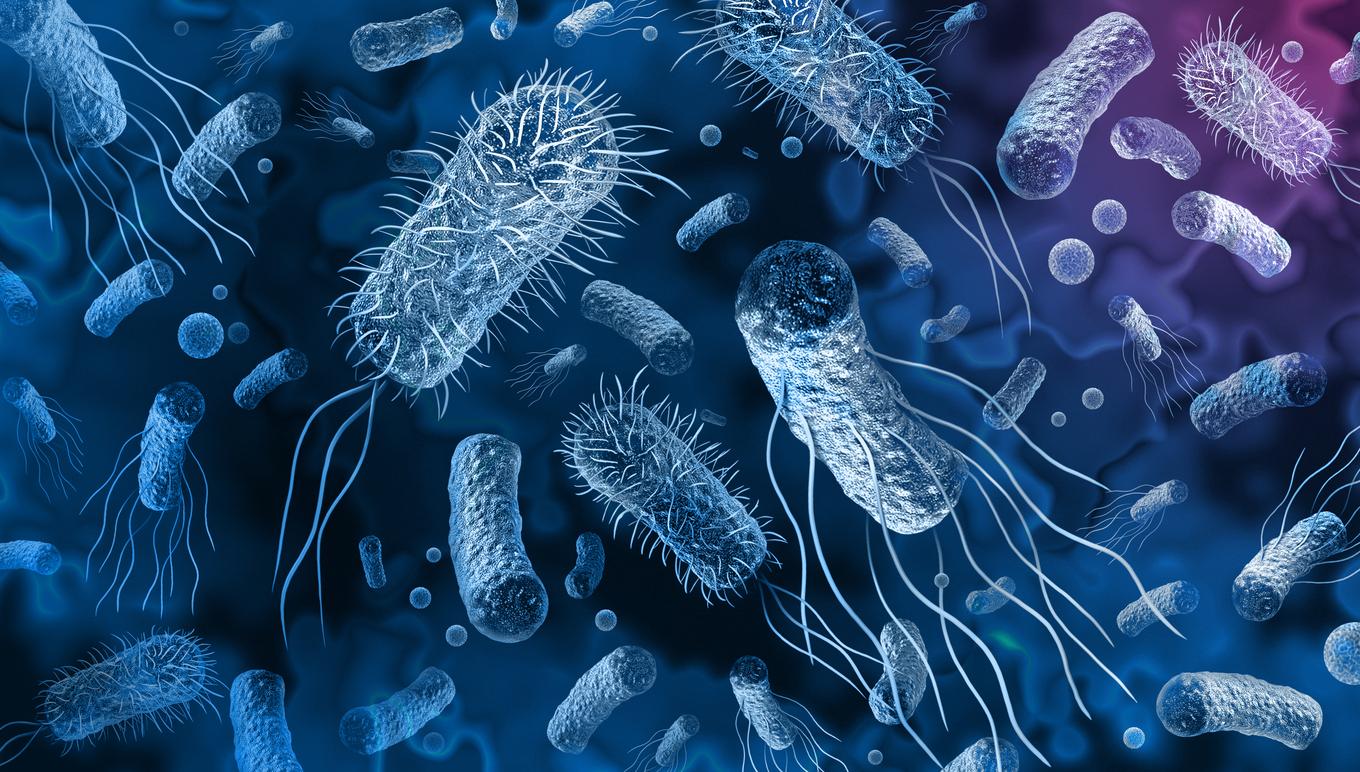
02/08/2016,
The mosquito is a lot of talk at the moment. In particular Aedes, better known under the name of “tiger mosquito” which is the species which carries the Zika virus as well as most vector-borne diseases.
A look back at the worst viruses spread by mosquitoes.
Yellow fever
It is called yellow fever in reference to the jaundice presented by some patients. The number of cases of yellow fever is estimated at 130,000 each year and the number of deaths due to this disease at 44,000 in African countries, where 90% of cases occur. Unfortunately, these figures tend to increase.
The incubation period is 3 to 6 days and is followed by illness, which may have one or two phases.
The first usually causes fever, muscle pain, headache, chills, loss of appetite, nausea or vomiting. Most patients then get better and their symptoms go away within 3 to 4 days.
15% of patients experience a second phase within 24 hours of initial remission. A high fever returns and the patient presents with jaundice, abdominal pain and vomiting. Half of the patients with this toxic phase die within 10 to 14 days, and the others recover without significant sequelae.
There is no specific treatment for yellow fever. The only treatment is aimed at reducing the symptoms for the comfort of the patient. Vaccination is the main preventive measure against yellow fever.
Lymphatic filariasis
Lymphatic filariasis, also called “elephantiasis”, can cause damage to the lymphatic system and an abnormal increase in the size of certain parts of the body. Present in 58 countries, it threatens 1.23 billion people.
The disease can be eliminated with preventive chemotherapy and treatment can relieve symptoms.
Infection occurs when the filarial parasites that cause the disease are transmitted to humans by mosquitoes.
Body deformities caused by the disease often lead to social stigma.
West Nile virus
West Nile virus infection is mainly transmitted through the bite of an infected mosquito.
About 20% of those infected develop symptoms such as fever, headache, asthenia, pain, nausea, vomiting, and sometimes a rash and lymphadenopathy.
West Nile virus can also cause fatal neurological disease in humans (in the order of 1 in 150 people). However, around 80% of those infected remain asymptomatic.
The virus can infect humans, horses and other mammals.
The incubation period varies from 3 to 14 days.
The Chikungunya
Chikungunya is manifested by the sudden appearance of a lip often above 38.5 ° C generally accompanied by headaches as well as significant muscle and joint pain, mainly affecting the extremities of the limbs.
It takes 4 to 7 days for symptoms to appear in the person infected with the mosquito.
There is no cure for the virus. However, the evolution can be quickly favorable, if the patient responds well to symptomatic treatment. The disease can also progress to a chronic form.
The dengue
Dengue fever is characterized by fatigue, nausea and vomiting, high fever, joint and muscle pain, headaches, and pimples.
The incubation time is 2 and 7 days and it can be cured in a week.
No drug exists to date to fight against the virus. Only the treatment of symptoms is possible: control of fever and pain in infants and children, pregnant women, frail, sick or elderly people, the disease can lead to death or cause serious sequelae.
Zika virus
More information on the Zika virus
















